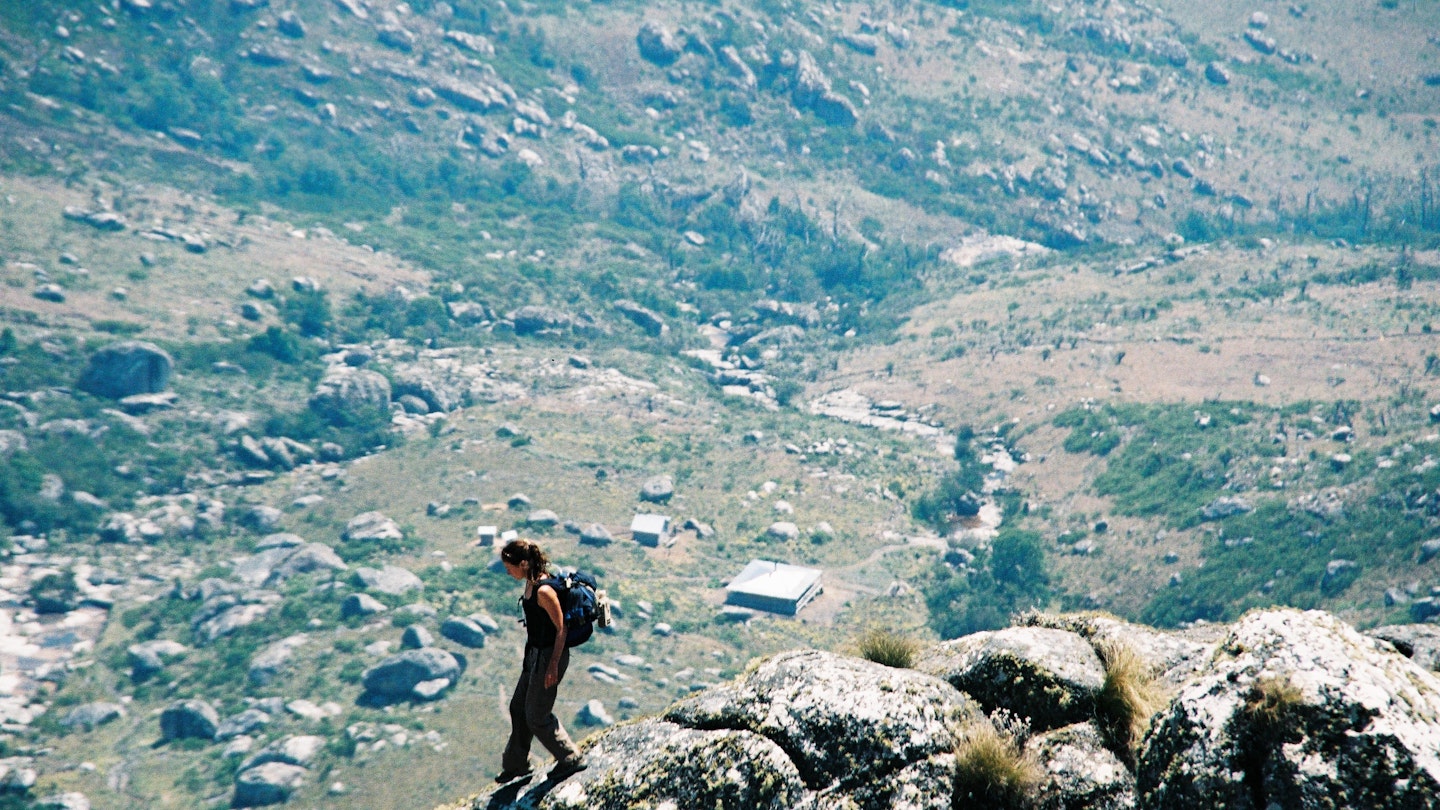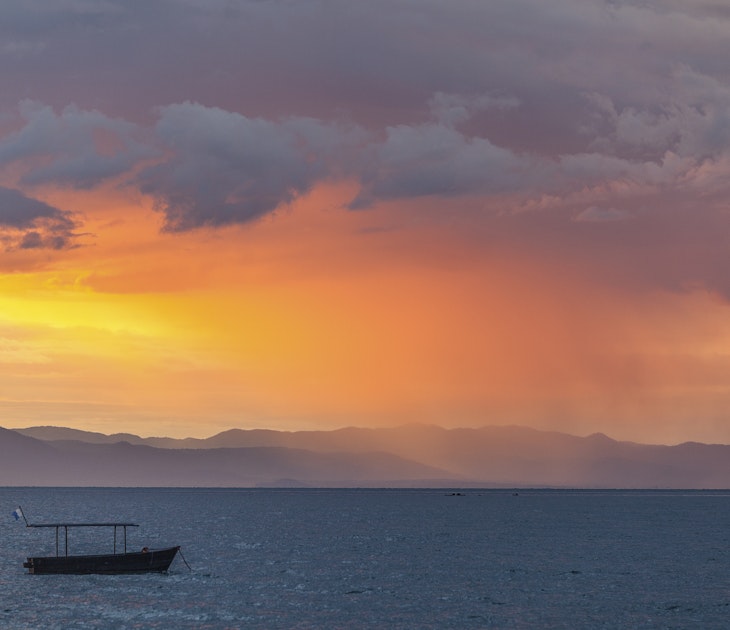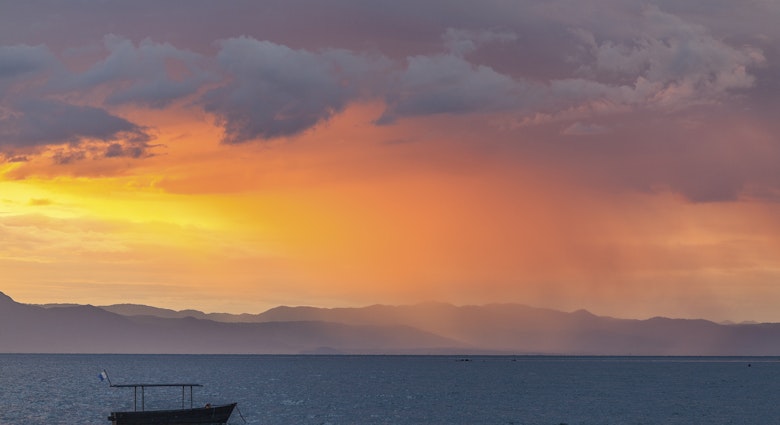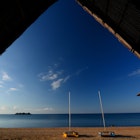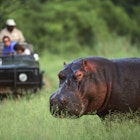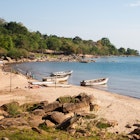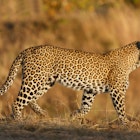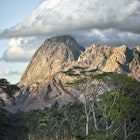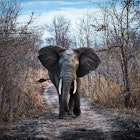Malawi offers wonderful opportunities for hiking, especially in the cooler months of April to September, when the vegetation is lush and the air fresh.
Two of Malawi’s big and popular draws are Mulanje, the third-highest mountain in Africa, and the Nyika Plateau in the north, where the high grasslands offer epic views, pristine air and the sight of roaming zebras. The country has plenty of other trails, too, which promise proximity to wildlife as well as the chance to explore rural Malawi away from the major roads. While walking in the country’s majestic national parks is possible (and unforgettable!), you’ll need an experienced guide to safely navigate animal encounters.
From the wide Shire River and the woodlands of the Zomba Plateau to the high escarpment at Livingstonia and the depths of the Viphya Forest, these are the best hikes in Malawi.
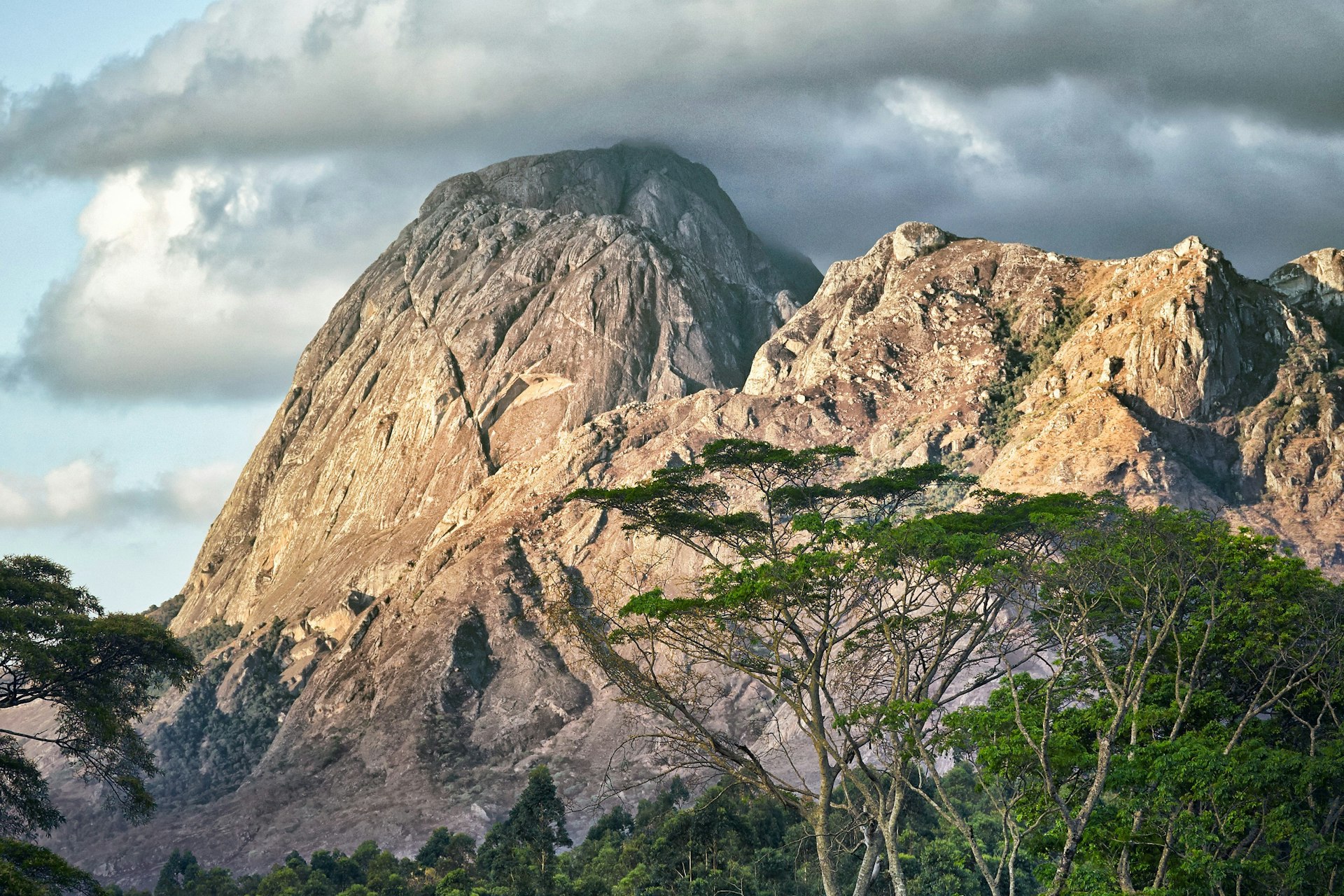
Chambe Basin, Mulanje
Best hike for aspiring mountaineers
12km (7.5 miles); 5–6 hours; moderate
You’ll find many ways to hike up and around the mighty massif of Mulanje, which soars above the surrounding lush tea plains. At all the trailheads, you’ll find members of the Guides and Porters Association of Mt Mulanje, whose help is vital in ensuring a safe and enjoyable trip. These experts can also fill you in on the particular legends that swirl around the mountain and tell you about the flora and fauna – from the endemic scented Mulanje cedar to the klipspringer and rock hyrax – you might spot on your trek.
Mulanje is dotted with 10 simple but attractive huts for accommodations. While these can’t be booked in advance, “mountain rules” apply, meaning no walker is ever turned away.
Routes range from a 4km (2.5-mile) stroll to Likhubula Falls (at which a dip in the pool is highly recommended) to the 8-hour Porter’s Race Loop to a testing 3-day hike through gullies and past caves to reach jagged Chaguru Peak. The ultimate challenge is the Grand Traverse, a 5-day trek across the full length of Mulanje Massif.
If you’re short on time but still want to sample the landscapes and atmosphere of the mountain, we suggest an ascent of the Chambe Basin, which gives a spectacular view of the sheer cliff faces of Chambe Mountain. The route starts at the Likhubula forestry office (with an optional detour to the falls and pool on the return) and follows the “skyline path” through forest and along rushing rivers to the dramatically rocky basin, which looks across the high Mulanje plateau.
Zomba Plateau
Best hike for poetry lovers
15km (9.3 miles); 6 hours; moderate
With its stands of ancient forest and steep escarpments, the Zomba Plateau is a haven for hikers. Perched above the sleepily attractive town of Zomba, it’s easier to access (if less wild) than Mulanje, and is home to a rich variety of wildlife, including serval cats, bushbuck, yellow baboon and samango monkeys. Walkers should contact the Zomba Tour Guide Association for expert guidance: as well as hiking with its guides, you might want to help them with litter picking and trail clearing to help prevent wildfires.
A highly recommended plateau walk leads from Ku Chawe Inn past Mulumbe peak to a natural hole in the ground (known as Chingwe’s Hole), at which you’ll enjoy views stretching far across the Shire Valley. According to local legend, the hole itself – surrounded by ferns and moss-draped trees – is a place of spirits; it’s said the bodies of lepers were thrown into its depths in the past. In more recent times, Malawi’s most famous poet, Jack Mapanje, used Chingwe’s Hole as a metaphor for the treatment of then-president Hastings Kamuzu Banda’s victims:
Even when Fly alarmed Frog of the impending hounds
Who cracked Fly’s bones? Chingwe’s Hole, woodpeckers
Once poised for vermillion strawberries merely
Watched fellow squirrels bundled up in sacks
Alive as your jaws gnawed at their brittle bones.
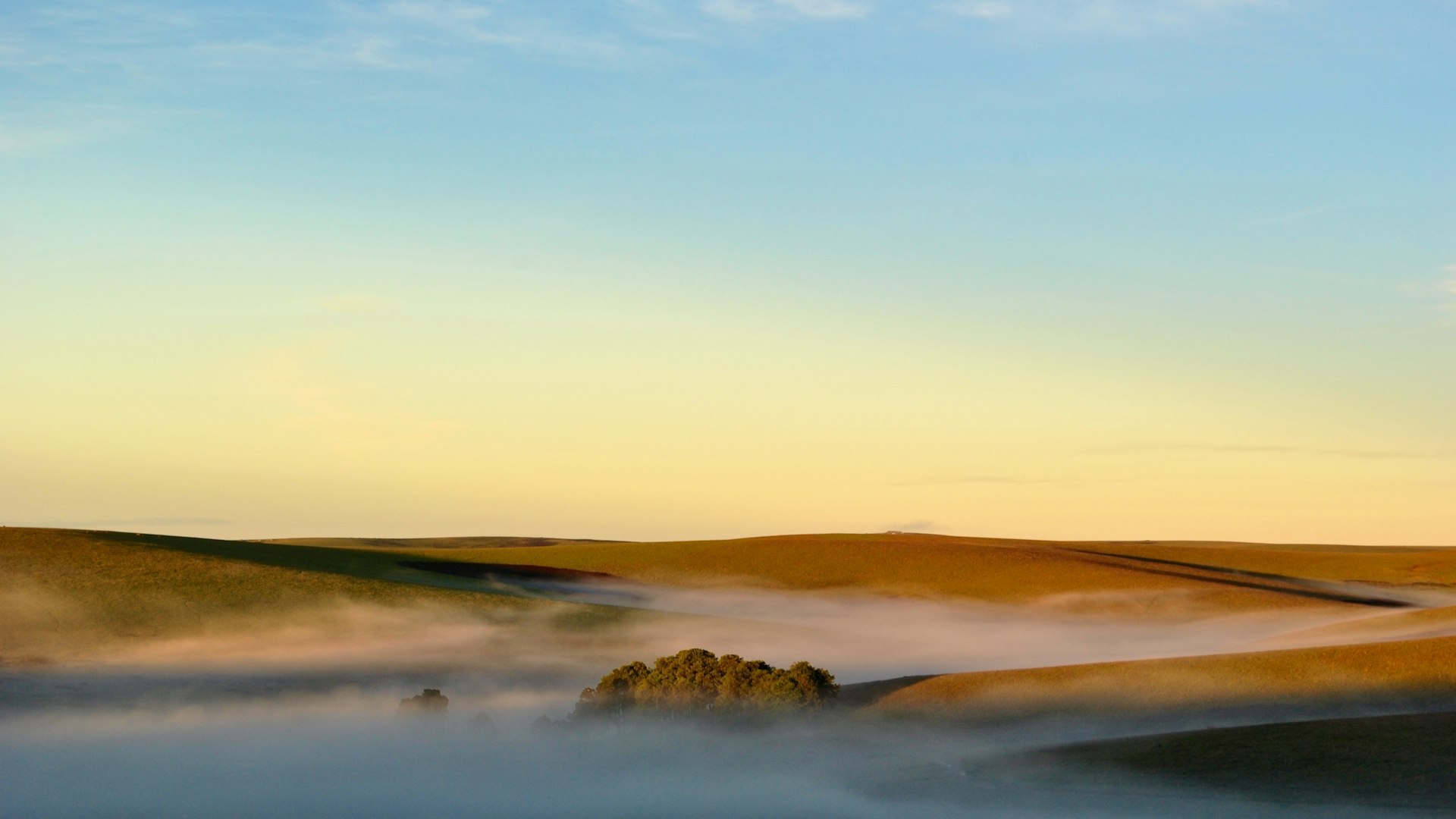
Livingstonia Trail
Best hike for adventurers
40km (25 miles); 3 days; challenging
This truly adventurous expedition connects Livingstonia with Chelinda Camp on the Nyika Plateau, across landscapes of unforgettable wildness and beauty. You can hike in either direction, arranging guides and tented accommodations either with a Livingstonia lodge or through Chelinda.
From Livingstonia, the first night’s stop is a small cooperative in this abundant coffee-growing region. On day two, you cross into the Nyika park forest and begin to ascend the high plateau, with its epic stretches of open grassland. A night of wild camping is followed by a hike across the stream-crossed and orchid-dotted plains to Chelinda.
Manchewe Waterfalls
Best hike for history
6km (3.7 miles); 3 hours; moderate
The Manchewe Waterfalls hike is best accessed from the cluster of beautiful lodges (including standout eco-lodge Mushroom Farm) that sit on the edge of the dizzying Rift Valley Escarpment near Livingstonia. Arrange a guide at your lodge to take you on a trek to the falls and back again.
The first stop is Lovers’ Rock, from where you can watch the falls pounding the rock face. From here, you can descend to a cave behind the waterfall to watch the water cascade in front of you before winding your way down via narrow paths to the bottom. It’s possible to swim in the pools here.
Your guide will fill you in on some chilling local history: reportedly, villagers used to shelter in the cave behind the waterfall to hide from the slavers who terrorized the area in the 19th century.
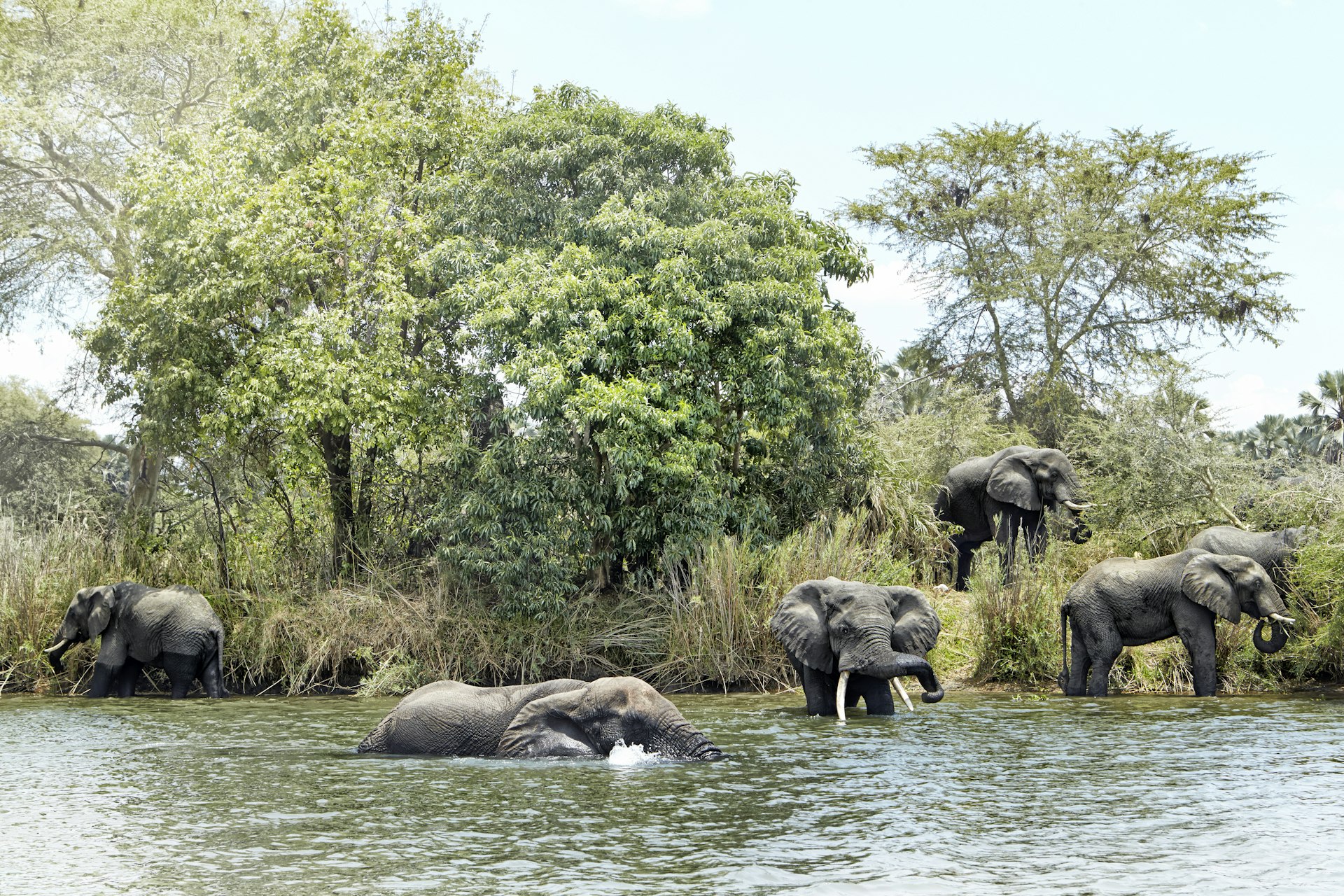
Shire River Trail
Best hike for wildlife
23.6 miles (38km); 3 days; moderate
Full of wildlife wonders, this adventure is organized by Central African Wilderness Safaris and starts from Mvuu Camp in Liwonde National Park. You can expect an interactive bush walk led by experienced guides; as well as animal spotting, you will learn to identify tracks, understand habitats, and identify birds and animals. Liwonde is famous for elephants, and you are also likely to see impala, waterbuck, kudu, buffalo, warthogs and many birds, as well as hippo and crocodiles in the wide Shire itself.
Day one starts at the foot of the Nafiulu Hills and leads to the banks of the Mwalasi River. On day two, you will reach the Shire, passing through mopani woodlands; on day three, you’ll walk along the Shire back to Mvuu across the wide open flood plains. Accommodations are in tented camps, and walkers only have to carry a day pack with them.
Viphya Forest walks
Best hike for birders
Varied; easy to moderate
Rising from the shore of Lake Malawi to 1700m (5577ft), the Viphya Forest Reserve consists of high grasslands interspersed with pine plantations and stands of indigenous forest. Luwawa Forest Lodge provides beautiful eco-accommodations and guided hikes through the greenery. Keep an eye out for any (or many) of the 280 bird species that call the reserve home, including the broad-tailed warbler, Scharlow’s turaco, Bertram’s weaver, Whyte’s barbet and the red-chested fluff-tail. The lodge also organizes meditative forest bathing among stands of fragrant pine.
You might also like:
The top 10 things to do in Malawi for a magical experience
Reaching new highs in the mountains of Malawi
Malawi welcomes 17 black rhinos into Liwonde National Park

